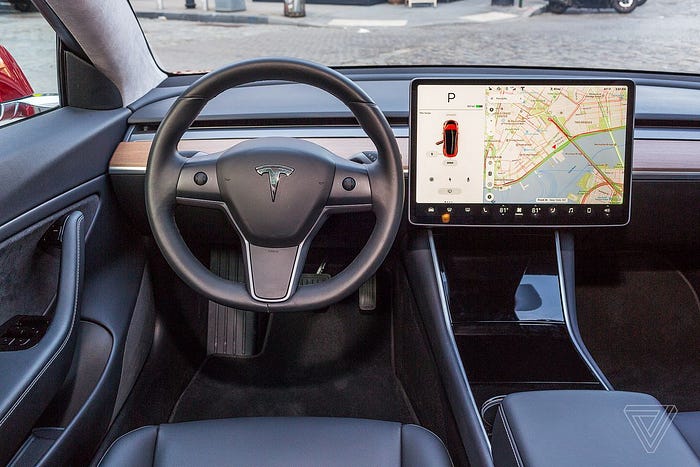Member-only story
To the surprise of no one, physical buttons outperform touchscreens in cars
Are designers to blame for the war on physical buttons?
Last year I wrote an article proclaiming my love for physical buttons. It was a personal affair, but one that clearly resonated with likeminded individuals, as we reminisced about the tactile feedback only a good button can provide. At the time of publication, I worried that I’d simply come across as a luddite, unwilling to change with the times — but as it turns out, there are very practical reasons to favour physical buttons over a touchscreen interface.
One such example is in the context of moving machinery, such as a car. While the physical placement of buttons allow drivers to engage with features in a car without taking their eyes off the road, touchscreens do not. This was at least my anecdotal experience, but one that has seemingly been validated by a study carried out by Vi Bilägare, an automobile magazine based in Sweden.
Physical buttons are increasingly rare in modern cars. Most manufacturers are switching to touchscreens — which perform far worse in a test carried out by Vi Bilägare. The driver in the worst-performing car needs four times longer to perform simple tasks than in the best-performing car. — vibilagare.se
Are designers to blame?

According to the study, Vi Bilägare concluded that humans are far more adept at multitasking in a car with physical buttons, rather than potentially fumbling through an interface on a large touchscreen. Hardly surprising, right? There’s been countless studies highlighting the risk of diverting a drivers attention from the road, yet the proliferation of non-physical controls continues.
Furthermore, who’s asking for the digitisation of physical buttons in cars? Well, according to Vi…






